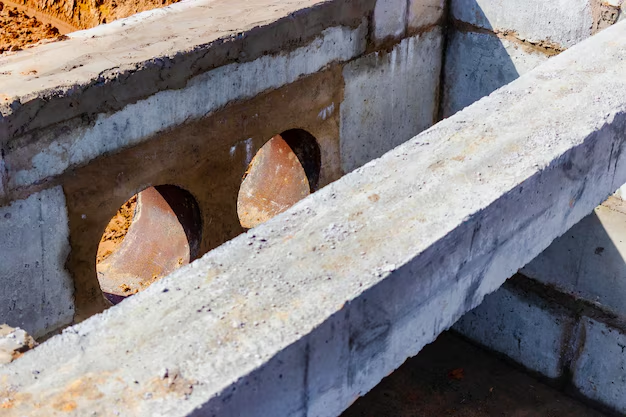How to Keep Your Home's Foundation Strong and Secure
The foundation of your home is akin to the unsung hero of your household. It quietly supports the structure, ensuring everything from your basement to your rooftop stays in place. However, a foundation doesn’t maintain itself. Regular upkeep is crucial to avoid long-term damage and costly repairs. Here are some effective tips to ensure your home's foundation remains as solid as when it was first laid.
Ensure Proper Drainage
One of the most critical aspects of maintaining a strong foundation is managing water flow around your home. Water is the enemy of any foundation, potentially causing cracks and shifts. Ensure your gutters and downspouts are clear of debris and direct water at least five feet away from the foundation. Additionally, the slope of your yard should guide water away, preventing pooling near the base of your home.
Keep an Eye on Trees and Shrubs
While greenery is beautiful, not all plants are foundation-friendly. Roots from trees and shrubs can interfere with your foundation, causing cracks and structural imbalance. Maintain a safe distance between these plants and your home, trimming back any branches or roots that may encroach on the foundation area. Opt for smaller plants and decorative bushes closer to your home, reserving larger trees for further out in the yard.
Foundation Moisture Balance
Extreme changes in soil moisture content around your foundation, whether too wet or too dry, can lead to problematic shifts in the soil. During dry spells, watering the soil around your foundation can prevent soil shrinkage. Conversely, during heavy rain or flooding, ensure effective drainage to keep excessive moisture at bay.
Regular Inspections for Cracks and Shifts
Taking a proactive approach by performing regular inspections of your foundation can catch minor issues before they develop into major problems. Look for visible cracks in the foundation or surrounding walls, sticking windows or doors, and uneven floors—these can all be signs of underlying foundation issues. Promptly address any signs of cracking or misalignment by consulting with a professional.
Be Aware of Seasonal Changes
Foundations can react to varying seasonal changes, impacting the soil in different ways. Be particularly mindful during wet or dry seasons, as they may exacerbate existing issues. Seasonal maintenance should be a routine part of your home's upkeep, ensuring that each change in the weather is managed effectively to protect your foundation.
While these tips can substantially bolster the health of your foundation, homeowners might still face challenges. Repairing or redressing foundational issues can be financially taxing. Luckily, there are several financial assistance programs available to support homeowners facing significant repair costs.
Unlocking Financial Support Options
- 🏠 State and Local Grants: Many government bodies offer grants or low-interest loans to support necessary home maintenance and repairs, including foundation-related issues.
- 💰 Tax Credits and Deductions: Check if your foundational repairs qualify for home improvement tax credits, making it more affordable come tax season.
- 🔨 FHA Title I Home Improvement Loans: Federally backed loans can provide the necessary funds for essential repairs to your home's foundation.
- 💳 Credit Solutions: Low-interest home improvement credit cards may be a viable solution, offering targeted financial support with manageable repayment terms.
- 📚 Educational Grants and Workshops: Local organizations often run workshops or provide informational resources to educate homeowners on maintaining structural integrity, sometimes even offering subsidies for participation.
Maintaining your home's foundation is an essential task that, if managed well, can save you thousands in repairs and preserve the overall value of your home. Stay vigilant, proactive, and informed about the assistance available, ensuring your home remains a safe and stable place for years to come.
